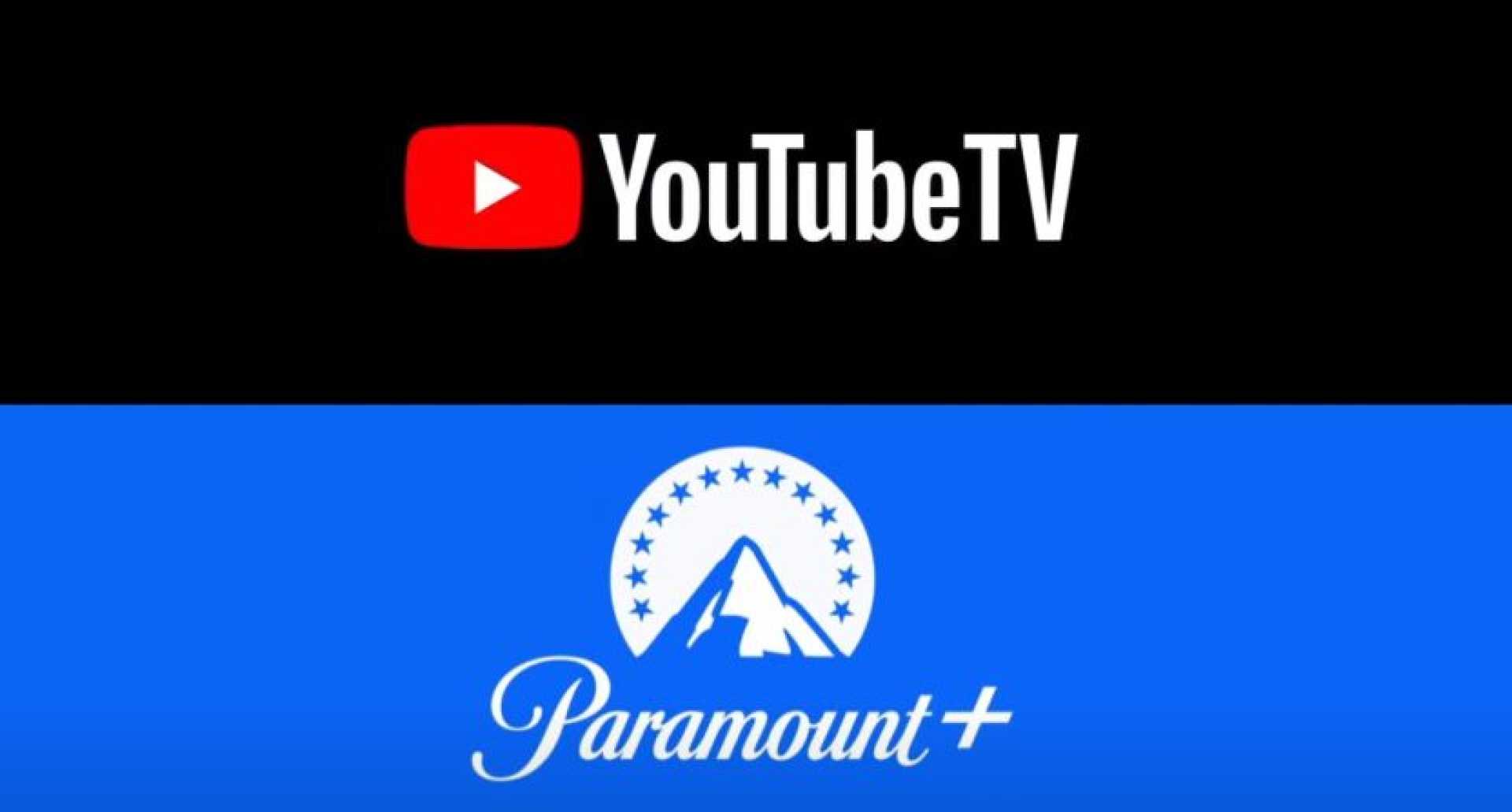Business
Paramount Channels Face Blackout on YouTube TV Starting February 13

LOS ANGELES, Calif. — YouTube TV subscribers may soon lose access to over 20 Paramount networks, including prominent channels like CBS, Comedy Central, BET, and Nickelodeon, amid stalled contract negotiations. An announcement from Paramount warns that if an agreement is not reached, the blackout could take effect on Thursday, February 13.
The potential removal of channels raises concerns for YouTube TV subscribers, who may also lose local CBS stations across various U.S. cities, including New York, San Francisco, and Dallas-Fort Worth. Affected Paramount channels encompass CBS Sports Network, Smithsonian Channel, VH1, and TV Land, among others.
In the event of a blackout, all DVR recordings and access to Paramount+ and BET+ via YouTube TV’s Primetime Channels would cease, according to Paramount.
“YouTube TV is attempting to pressure Paramount to agree to one-sided terms, and these non-market demands may lead to an avoidable loss of Paramount’s networks,” said a spokesperson for Paramount in an official statement.
YouTube TV, which recently raised its subscription fee from $72.99 to $82.99 per month, expressed its commitment to reaching an agreement. “We are working hard to find a fair solution that maintains access to Paramount networks without increasing costs for our subscribers,” the company stated in a blog post.
If negotiations fail and access is disrupted for a prolonged period, YouTube TV promises subscribers an $8 rebate as compensation. Subscribers can continue watching Paramount shows by signing up for Paramount+, available from $7.99 per month.
Regarding the situation, Paramount co-CEOs George Cheeks, Chris McCarthy, and Brian Robbins confirmed that they are actively pursuing a contract renewal. “We have made a series of fair offers to maintain our long-standing partnership with Google’s YouTube TV,” they said in a memo. “Unfortunately, Google is unwilling to accept terms that reflect the market value of our content.”
The ongoing issue is part of a broader trend in the pay-TV industry, which has seen increasing tensions between large networks and streaming services over carriage agreements. A similar conflict occurred in 2021 when YouTube TV faced a temporary blackout of content from other major providers.
As the context surrounding streaming and cable distribution evolves, consumers remain caught in the middle of these negotiations. In recent years, significant streamlining of video services has led to subscription increases and shifting content availability.
The situation is dynamic, and both parties hope to finalize an agreement before the potential blackout on February 13, an outcome that many consumers and viewers are anxious to avoid.












